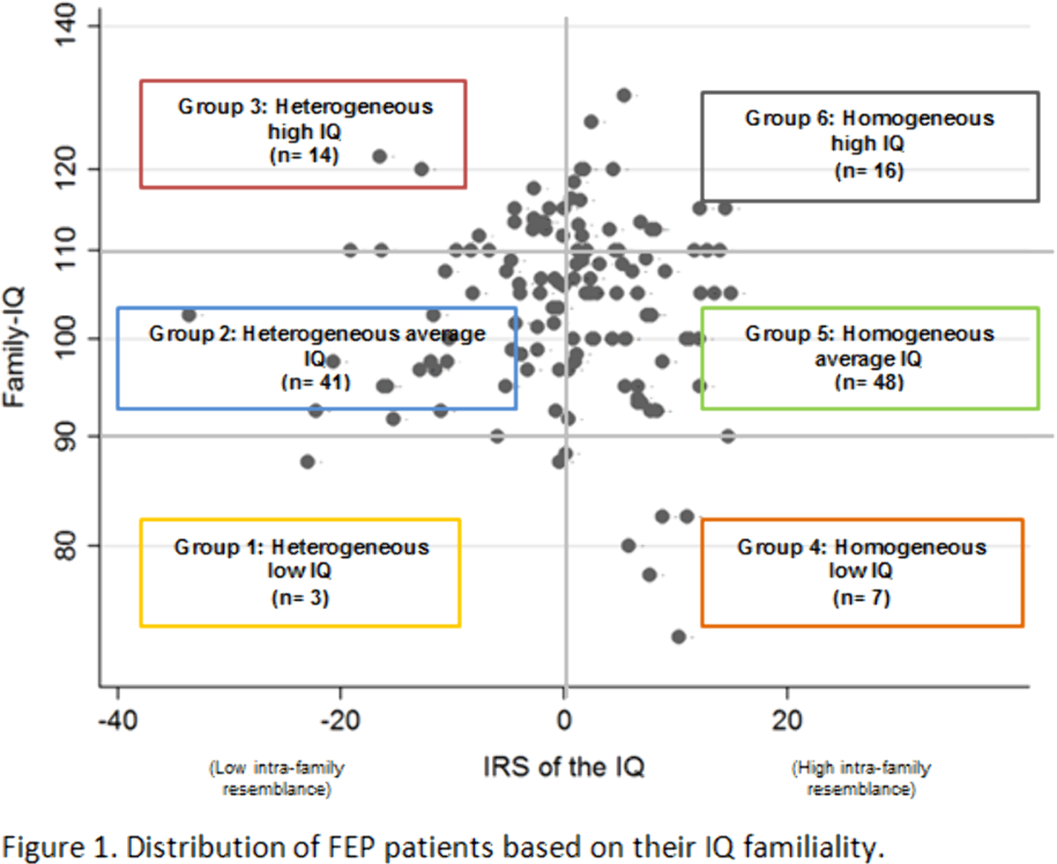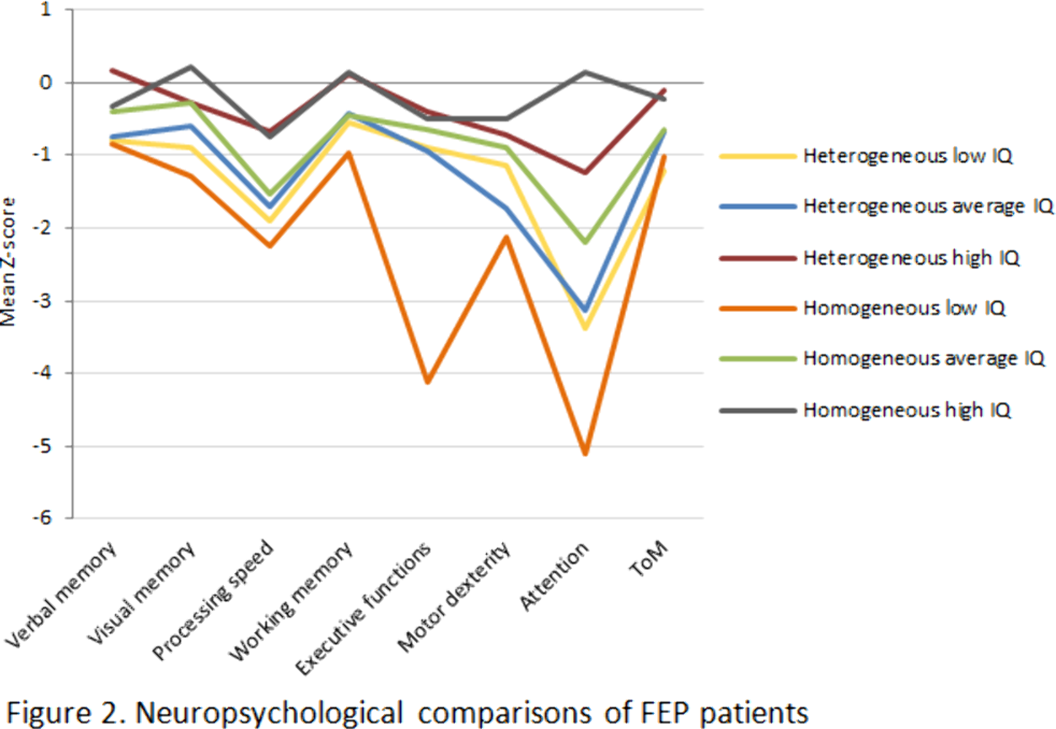61 results
Impact of COVID-19 on the degree of compliance with hand hygiene: a repeated Cross-sectional study
-
- Journal:
- Epidemiology & Infection / Accepted manuscript
- Published online by Cambridge University Press:
- 01 April 2024, pp. 1-21
-
- Article
-
- You have access
- Open access
- Export citation
Ni Enrichment and Stability of Al-Free Garnierite Solid-Solutions: A Thermodynamic Approach
-
- Journal:
- Clays and Clay Minerals / Volume 60 / Issue 2 / April 2012
- Published online by Cambridge University Press:
- 01 January 2024, pp. 121-135
-
- Article
- Export citation
What is the duration of untreated psychosis worldwide? – A meta-analysis of pooled mean and median time and regional trends and other correlates across 369 studies
-
- Journal:
- Psychological Medicine / Volume 54 / Issue 4 / March 2024
- Published online by Cambridge University Press:
- 13 December 2023, pp. 652-662
-
- Article
-
- You have access
- Open access
- HTML
- Export citation
Updating the distribution range of the maned wolf Chrysocyon brachyurus in Argentina
-
- Article
-
- You have access
- Open access
- HTML
- Export citation
Metazoan parasites of some meso- and bathypelagic fish from the Perdido region, southern Gulf of Mexico
-
- Journal:
- Journal of the Marine Biological Association of the United Kingdom / Volume 102 / Issue 6 / September 2022
- Published online by Cambridge University Press:
- 05 September 2022, pp. 391-401
-
- Article
- Export citation
Family aggregation of the Intelligence Quotient: understanding its role in first episode of psychosis
-
- Journal:
- European Psychiatry / Volume 65 / Issue S1 / June 2022
- Published online by Cambridge University Press:
- 01 September 2022, pp. S114-S115
-
- Article
-
- You have access
- Open access
- Export citation
Descriptive study on the working conditions of residents of psychiatry in Madrid: working hours and 24-hour on call shifts
-
- Journal:
- European Psychiatry / Volume 65 / Issue S1 / June 2022
- Published online by Cambridge University Press:
- 01 September 2022, p. S102
-
- Article
-
- You have access
- Open access
- Export citation
Cross-cultural analysis of the stigmatising attitudes of psychiatrists across Europe and measurement invariance of the Opening Minds Stigma Scale for healthcare providers
-
- Journal:
- European Psychiatry / Volume 65 / Issue S1 / June 2022
- Published online by Cambridge University Press:
- 01 September 2022, pp. S205-S206
-
- Article
-
- You have access
- Open access
- Export citation
Primum non nocere: psychosurgery in a case of severe anorexia nervosa. A case report
-
- Journal:
- European Psychiatry / Volume 65 / Issue S1 / June 2022
- Published online by Cambridge University Press:
- 01 September 2022, p. S598
-
- Article
-
- You have access
- Open access
- Export citation
A HIGH-RESOLUTION CHRONOLOGY FOR THE PALATIAL COMPLEX OF XALLA IN TEOTIHUACAN, MEXICO, COMBINING RADIOCARBON AGES AND ARCHAEOMAGNETIC DATES IN A BAYESIAN MODEL
-
- Journal:
- Radiocarbon / Volume 63 / Issue 4 / August 2021
- Published online by Cambridge University Press:
- 09 December 2020, pp. 1073-1084
- Print publication:
- August 2021
-
- Article
- Export citation
Functional glucosamine-iron oxide nanocarriers
-
- Journal:
- Journal of Materials Research / Volume 35 / Issue 13 / 14 July 2020
- Published online by Cambridge University Press:
- 11 June 2020, pp. 1726-1737
- Print publication:
- 14 July 2020
-
- Article
- Export citation
P02-278 - Factors Determining Admission to Psychiatric Hospitalization in Psychotic Patients
-
- Journal:
- European Psychiatry / Volume 25 / Issue S1 / 2010
- Published online by Cambridge University Press:
- 17 April 2020, 25-E904
-
- Article
-
- You have access
- Export citation
Locus of control in insulin-dependent diabetic patients
-
- Journal:
- European Psychiatry / Volume 13 / Issue S4 / 1998
- Published online by Cambridge University Press:
- 16 April 2020, p. 241s
-
- Article
-
- You have access
- Export citation
Improving use of resources-health care in patients with psychiatric pathology after introduction of risperidone long-acting injection (RLAI)
-
- Journal:
- European Psychiatry / Volume 26 / Issue S2 / March 2011
- Published online by Cambridge University Press:
- 16 April 2020, p. 1288
-
- Article
-
- You have access
- Export citation
Spanish Validation Of the Brief Assessment in Cognition in Schizophrenia (Bacs) in Patients With Schizophrenia and Healthy Controls
-
- Journal:
- European Psychiatry / Volume 26 / Issue 2 / March 2011
- Published online by Cambridge University Press:
- 16 April 2020, pp. 69-73
-
- Article
- Export citation
A new apathy scale for institutionalized dementia patients: validation of the APADEM-NH scale short-version
-
- Journal:
- European Psychiatry / Volume 26 / Issue S2 / March 2011
- Published online by Cambridge University Press:
- 16 April 2020, p. 497
-
- Article
-
- You have access
- Export citation
Eating disorders in a rural environment. Intervention method coordination between a basicgeneral hospital and a rural outpatient Mental Health Center
-
- Journal:
- European Psychiatry / Volume 13 / Issue S4 / 1998
- Published online by Cambridge University Press:
- 16 April 2020, p. 315s
-
- Article
-
- You have access
- Export citation
Overdoses with 650 mg. of Olanzaplne in a schizophrenic patient
-
- Journal:
- European Psychiatry / Volume 13 / Issue S4 / 1998
- Published online by Cambridge University Press:
- 16 April 2020, p. 306s
-
- Article
-
- You have access
- Export citation
Social support among different HIV positive risk groups
-
- Journal:
- European Psychiatry / Volume 13 / Issue S4 / 1998
- Published online by Cambridge University Press:
- 16 April 2020, p. 240s
-
- Article
-
- You have access
- Export citation
Sources of Information, Knowledge and Attitudes About Aids among University Students in Spain
-
- Journal:
- European Psychiatry / Volume 11 / Issue S4 / 1996
- Published online by Cambridge University Press:
- 16 April 2020, pp. 313s-314s
-
- Article
-
- You have access
- Export citation





